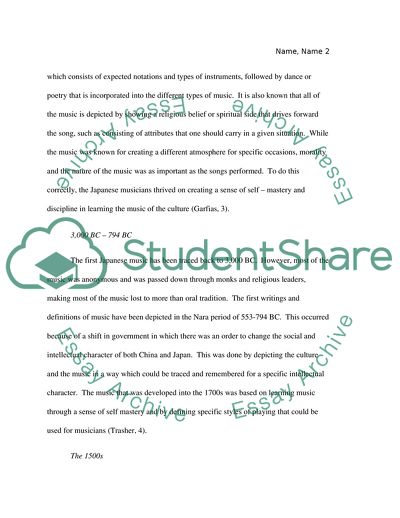Cite this document
(Japanese Music Essay Example | Topics and Well Written Essays - 2500 words, n.d.)
Japanese Music Essay Example | Topics and Well Written Essays - 2500 words. https://studentshare.org/music/1748163-overview-of-japan-musical-styles-instruments-and-and-their-practices
Japanese Music Essay Example | Topics and Well Written Essays - 2500 words. https://studentshare.org/music/1748163-overview-of-japan-musical-styles-instruments-and-and-their-practices
(Japanese Music Essay Example | Topics and Well Written Essays - 2500 Words)
Japanese Music Essay Example | Topics and Well Written Essays - 2500 Words. https://studentshare.org/music/1748163-overview-of-japan-musical-styles-instruments-and-and-their-practices.
Japanese Music Essay Example | Topics and Well Written Essays - 2500 Words. https://studentshare.org/music/1748163-overview-of-japan-musical-styles-instruments-and-and-their-practices.
“Japanese Music Essay Example | Topics and Well Written Essays - 2500 Words”. https://studentshare.org/music/1748163-overview-of-japan-musical-styles-instruments-and-and-their-practices.


